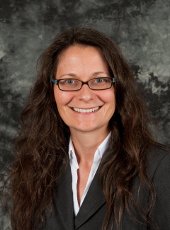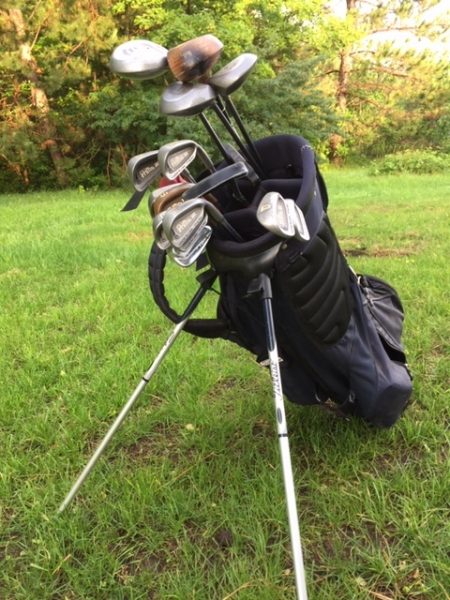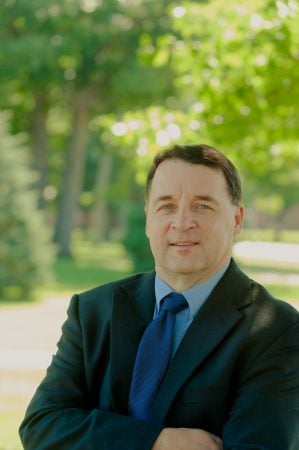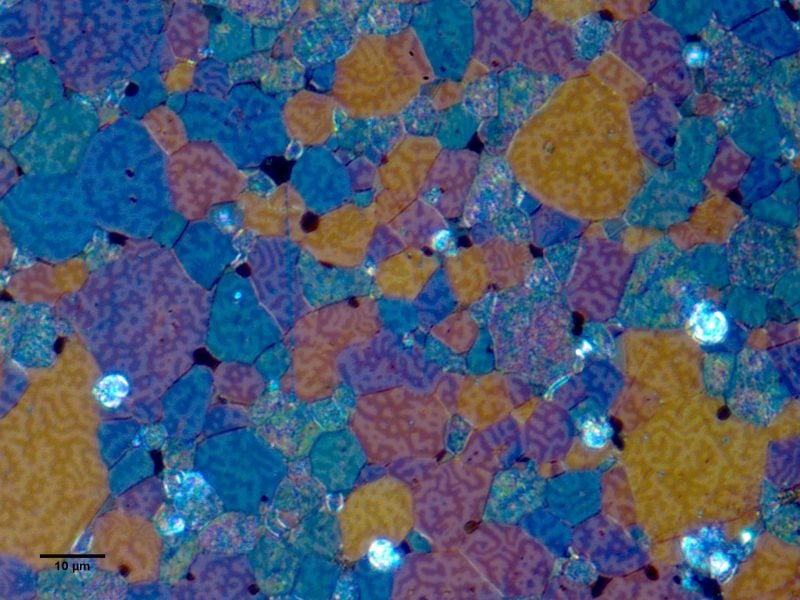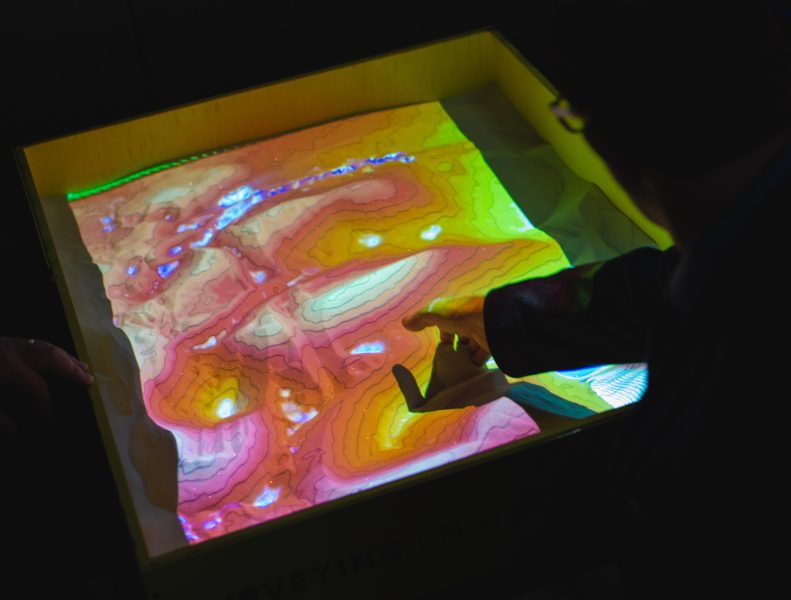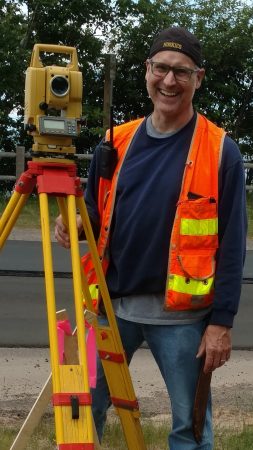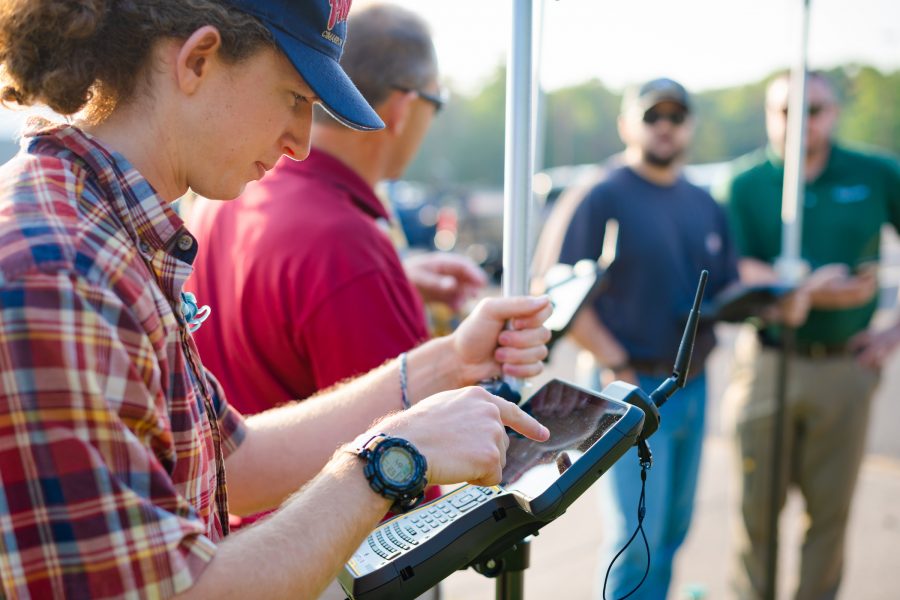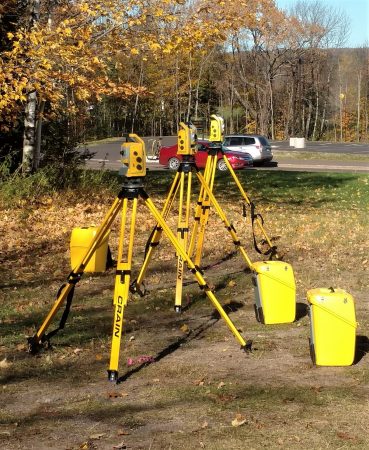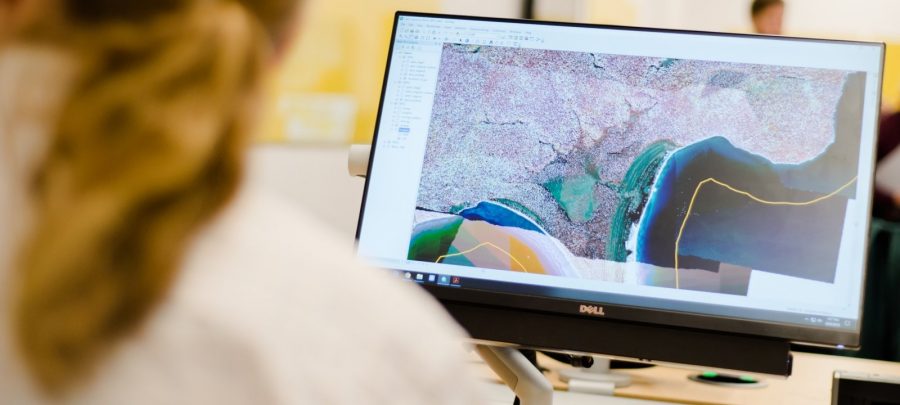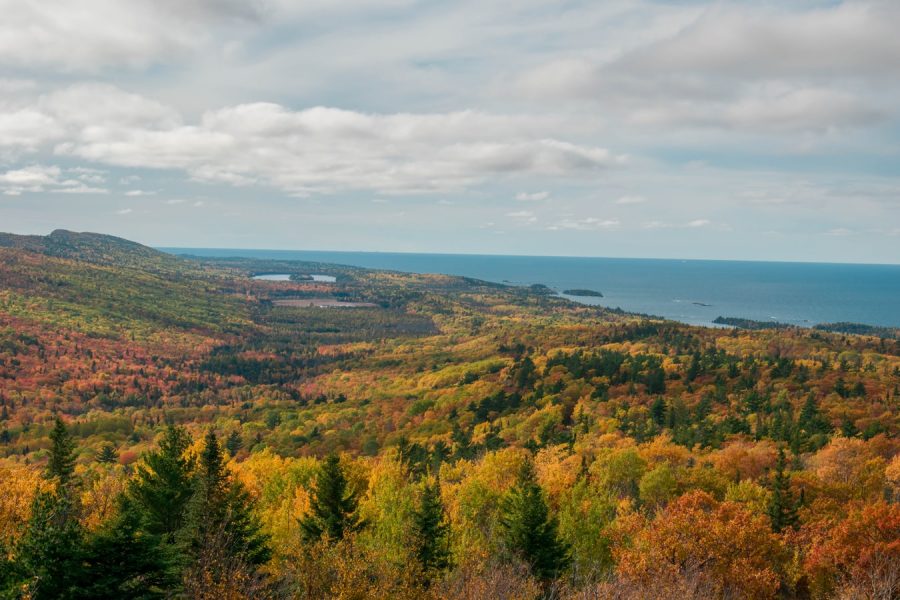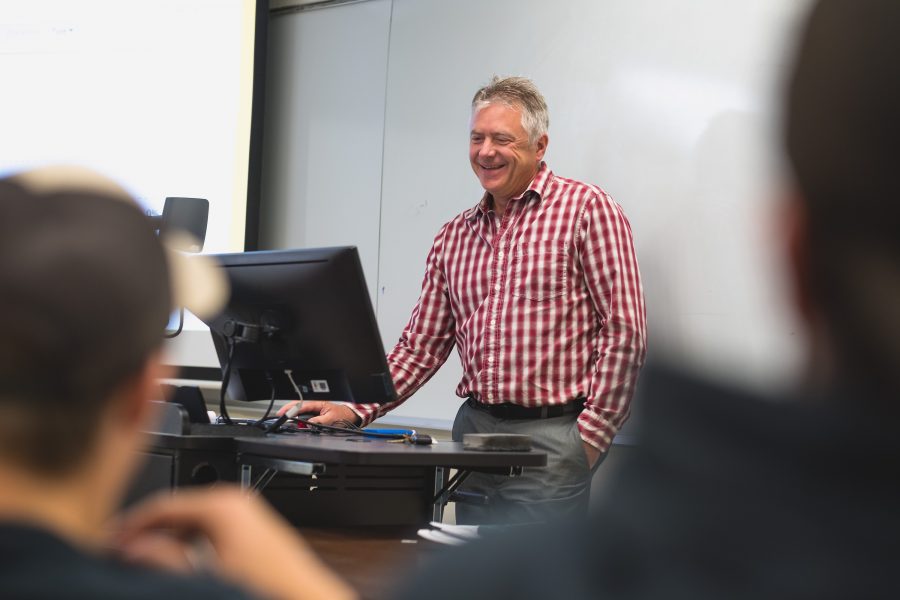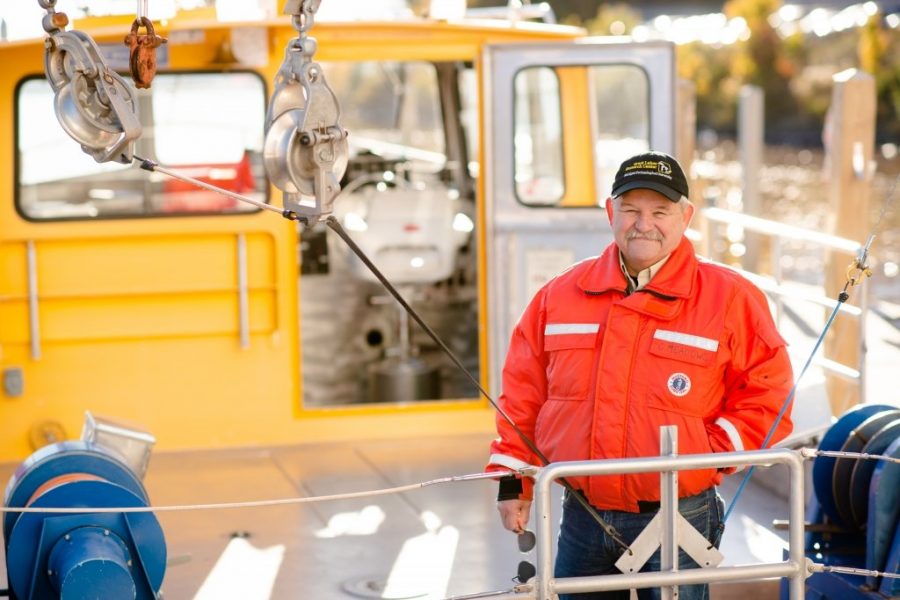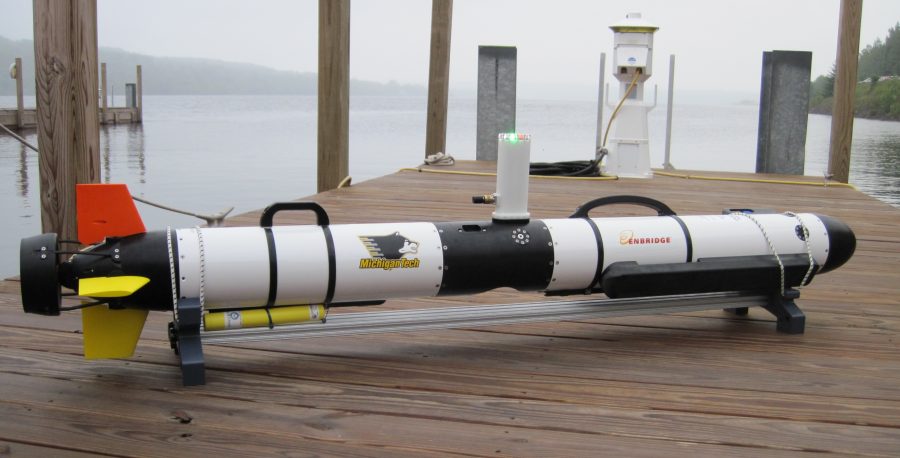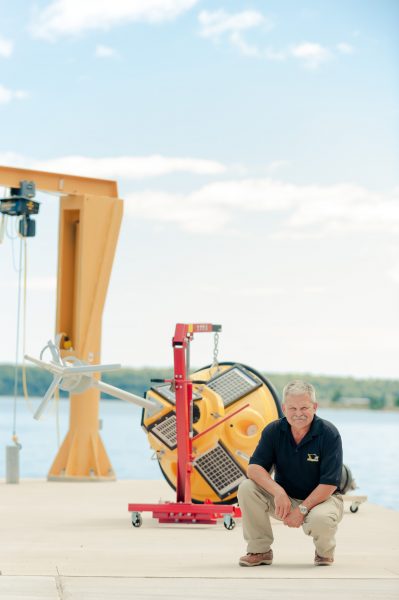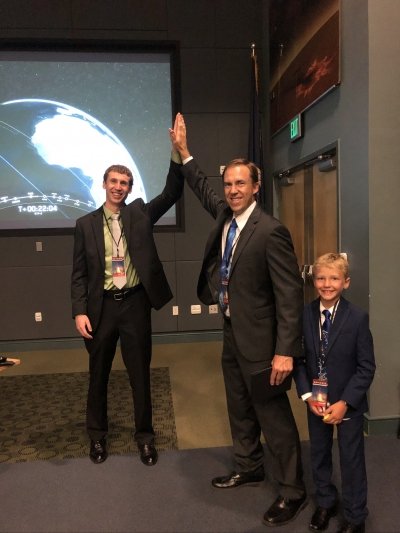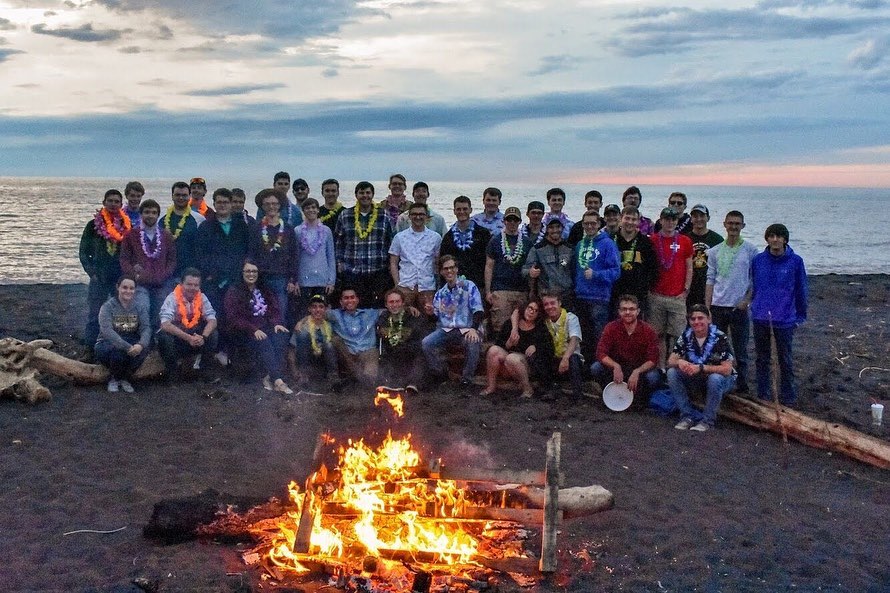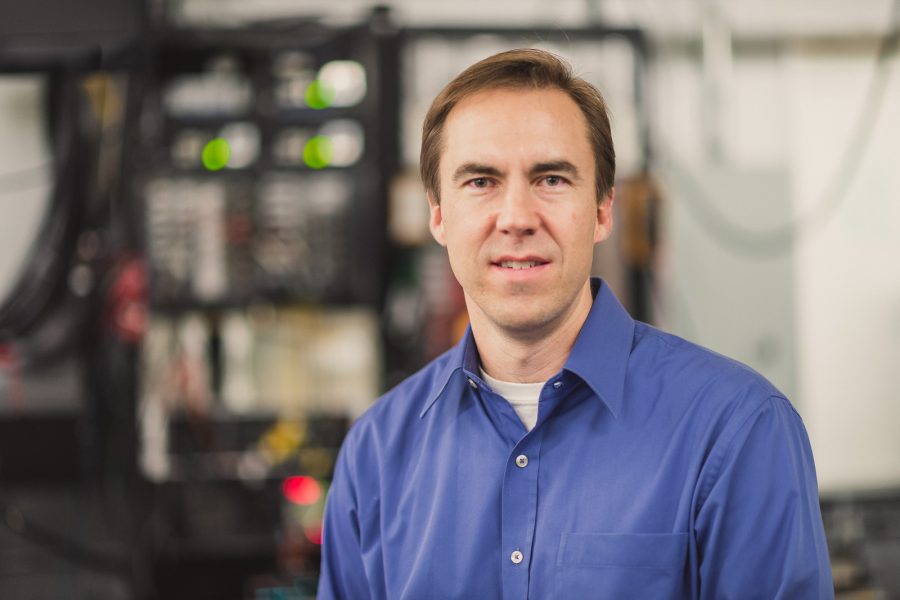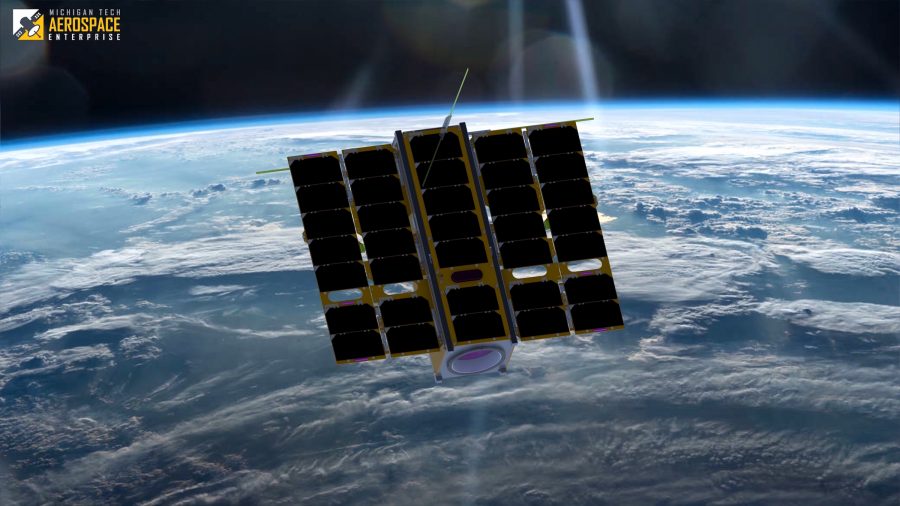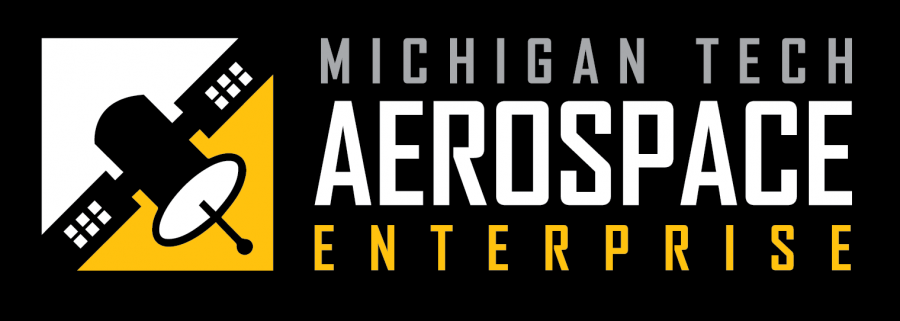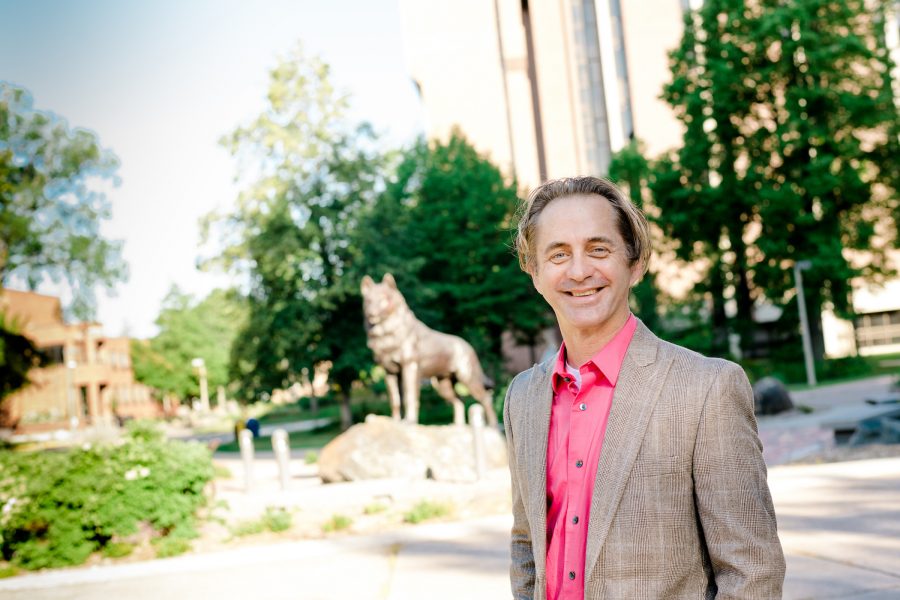
The College of Engineering at Michigan Technological University is pleased to announce Dr. Brett Hamlin as interim chair of the Department of Engineering Fundamentals.
Hamlin grew up in Stillwater, Minnesota, and earned a BS in Mechanical Engineering and a PhD in Mechanical Engineering, both at Michigan Tech.
He first joined Michigan Tech as a lecturer in the Department of Engineering Fundamentals in 1998. He is a senior lecturer as well as previous assistant chair in the department.
Hamlin’s teaching interests include graphics, visualization, solid mechanics, design, and thermo sciences. His research interests include educational methods, spatial visualization, heat transfer, and biomechanics.
“I’m excited about this opportunity. I hope to continue to work with the dedicated faculty of the department and continue to push the boundaries of excellence in engineering education.”
“I am delighted that Dr. Hamlin will be Interim Chair of Engineering Fundamentals, joining the leadership team of the college,” added Janet Callahan, Dean of the College of Engineering. “His passion for first year teaching and learning, and his administrative experience strongly prepare him for this leadership role.”

Hamlin serves as faculty advisor for Michigan Tech’s student-run GEAR Enterprise team. The focus of GEAR (General & Expedition Adventure Research) is to design, model, test, prototype, and manufacture a wide variety of goods and equipment used in recreational outdoor and commercial expedition endeavors. Hamlin was a longtime advisor for Michigan Tech’s SAE Baja Enterprise. He also serves as an instructor in the Department of Kinesiology and Integrative Physiology—teaching Outdoor Emergency Care.
A former top Nordic skier, Hamlin is a senior level member of the Ski Patrol, qualified on both snowboard and Alpine skis. He is active in the local mountain biking scene, and on any given weekend you will find the entire Hamlin family out and about, either biking, skiing, hiking, camping, or climbing.
“I like to solve problems and brainteasers, and engineering is just like solving brainteasers in real life.”
Previous department chair, Associate Professor Jon Sticklen, returns to faculty ranks. His focus has broadened to include STEM education research and teaching. He also plans to collaborate with Michigan Tech’s Department of Cognitive Learning and Sciences in its effort to develop a new undergraduate major, Human Factors.
Interested in meeting or talking with Prof. Brett Hamlin? Feel free to reach out via email or stop by his office at 112 Dillman.
